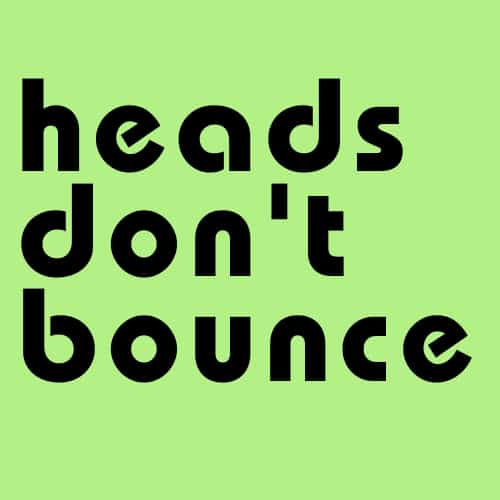Is Skateboarding Dangerous?
Skateboarding is fun and a great way to get some exercise at the same time. But did you know that before skateboarding took off, it was referred to as “Sidewalk Surfing” as it allowed surfers to balance on a board when there were no waves?
In fact, my first friends who were into surfing were also avid skateboarders. Surfboards and skateboards went hand in hand. Yet, there seems to be a social stigma around skateboarding being a dangerous sport.
But, as with any sport, there is always a risk of injury if you let your guard down. However, there are some things that you can do to reduce the risk of injury.
It doesn’t matter how skilled you are, you still run the risk of getting injured.
Page Content
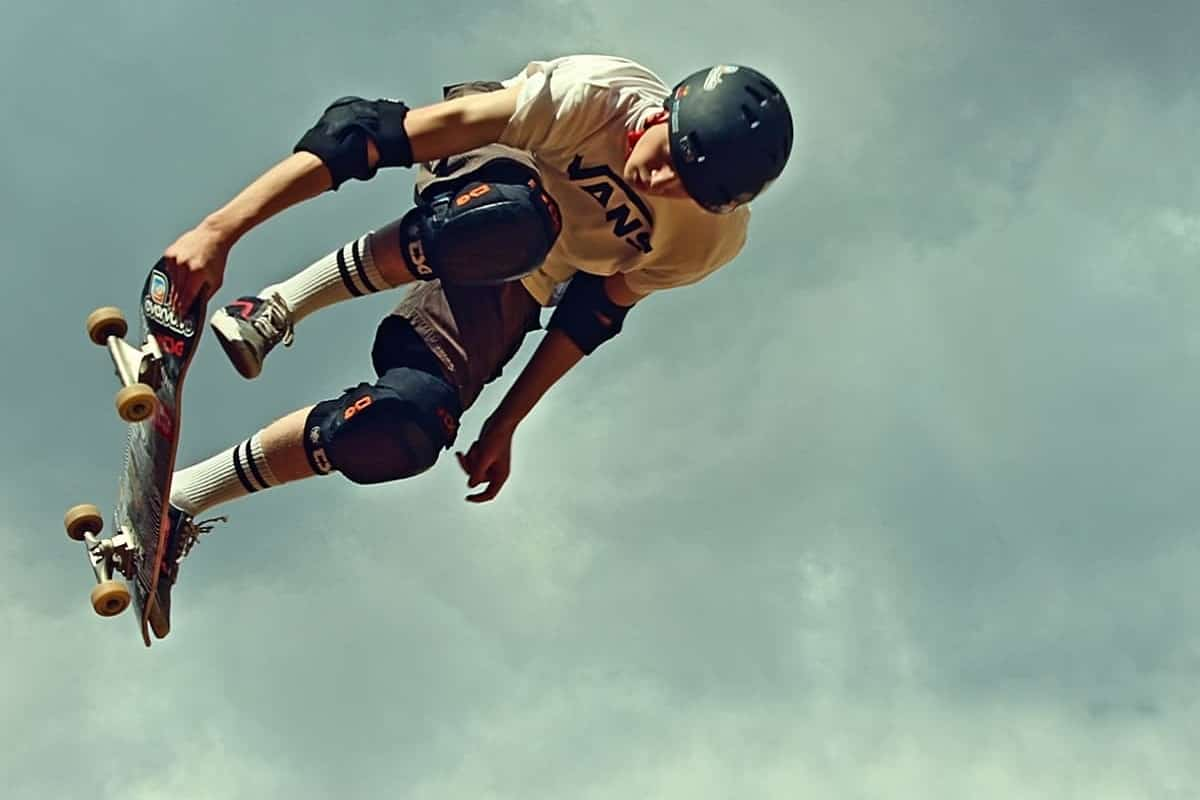
Disclosure: As an Avantlink and Amazon Associate, we earn from qualifying purchases. Disclosure Statement.
Is Skateboarding Dangerous?
All sports, by nature, are dangerous. Skateboarding is no different, but if you take the necessary safety measures, you can reduce the risk of serious injuries.
You’re going to fall. You’re going to get hurt. How hurt you get depends on how serious you are about being safe when taking risks.
Skateboarding requires balance, agility, and skill. But even the most skilled skateboarders are prone to injury. According to the National Safety Council, in 2017, more than 98,000 emergency department visits were as a result of skateboard-related accidents in the United States alone.
The most common skateboarding injuries include:
- Hand, wrist, and shoulder bruises, sprains, and fractures can occur when the skater stretches their arm to break a fall.
- Ankle sprains or fractures will often happen when losing balance.
- Broken nose or jawbones.
- Concussions or fractured skulls.
Listen, accidents happen, some more severe than others. However, a concussion is no joke, even a broken wrist can take a long time to fully heal.
RECOMMENDED: Top 6 Best Skateboard Helmets For Youth
That being said, there are much more dangerous sports than skateboarding. In fact, basketball, soccer, and even jogging, are some sports considered to be way more dangerous than skateboarding.
| Sport | Total Participants* | Injured Participants* | Injuries Per 100 Participants |
|---|---|---|---|
| Football | 5,783 | 1,084 | 18.8 |
| Ice Hockey | 2,612 | 415 | 15.9 |
| Soccer | 17,641 | 1,634 | 9.3 |
| Basketball | 36,584 | 2,783 | 7.6 |
| Baseball | 10,402 | 602 | 5.8 |
| Running/Jogging | 35,866 | 1,654 | 4.6 |
| Skateboarding | 12,997 | 399 | 3.1 |
| Gymnastics | 5,149 | 149 | 2.9 |
| Tennis | 16,353 | 415 | 2.5 |
| Golf | 27,812 | 291 | 1.0 |
| Bicycling | 53,524 | 445 | 0.8 |
| Ice Skating | 14,530 | 105 | 0.7 |
| Walking | 84,986 | 384 | 0.5 |
| Trap Shooting | 3,696 | 16 | 0.4 |
| Swimming | 92,667 | 73 | 0.1 |
| Bowling | 53,160 | 50 | 0.1 |
| Canoeing | 10,933 | 11 | 0.1 |
| * Numbers are in thousands (000) | |||
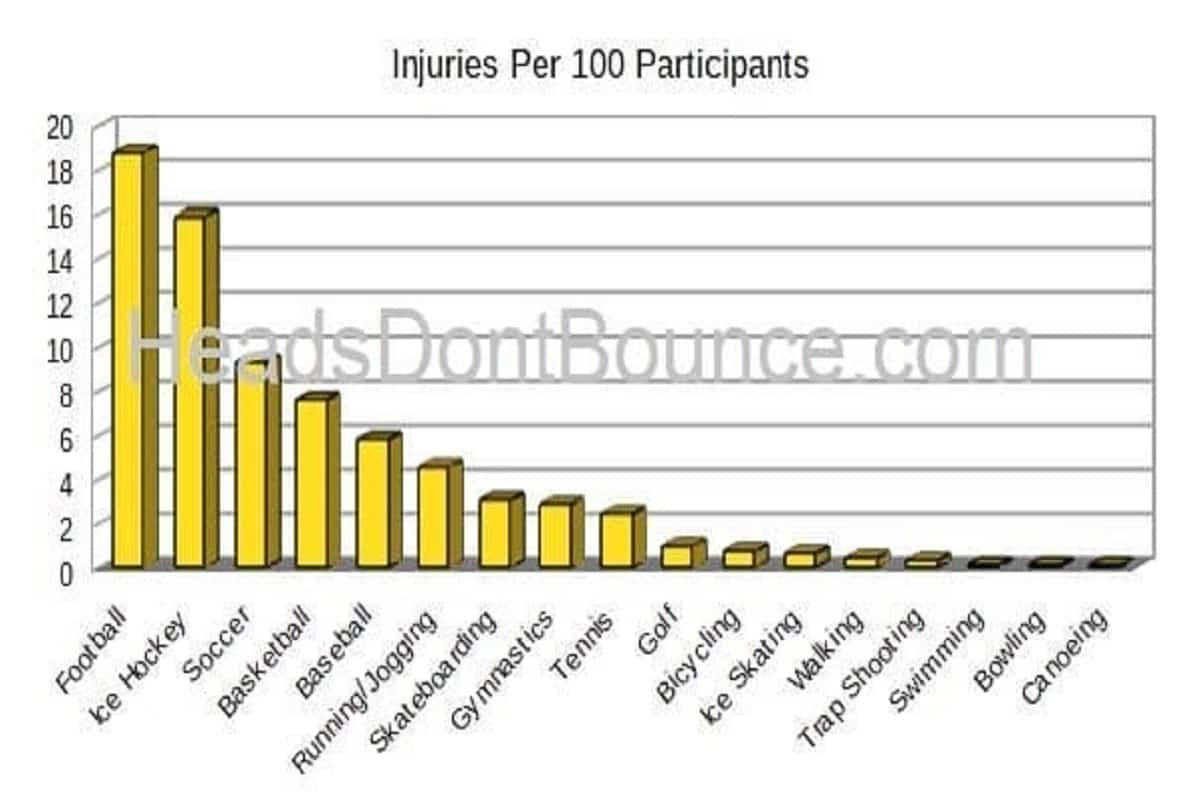
Data Source: A comprehensive study of sports injuries in the U.S.
Author: American Sports Data, Inc.
Publisher: Hartsdale, N.Y.: American Sports Data, Inc., [2002]
The American Academy of Pediatrics recommends that children younger than 5 should not ride skateboards due to their not having the strength and visual-motor control. Even children aged 6 to 10 years should be closely supervised.
Six to ten years is the perfect age to get children used to wearing protective safety gear, and to learn how to fall safely while increasing their confidence and balance.
The important thing is to be aware of all the risks, especially if you are a parent that has a skateboard crazed kid.
There are, however, some things that make skateboarding a little riskier. For example, homemade ramps, skateboarding on wet surfaces, trying risky stunts and not wearing protective gear. All of which can be avoided.
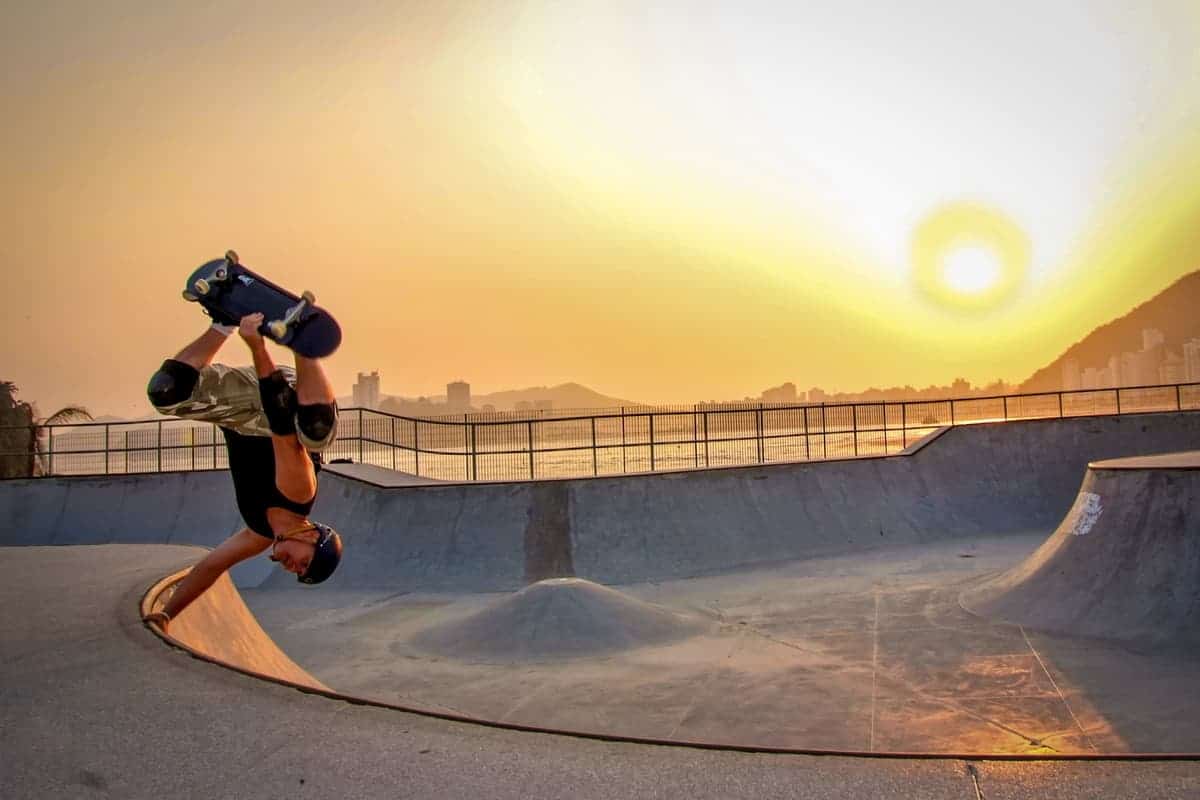
Skateboarding Safety Tips
Here are some safety tips you should follow in order to skate safely.
Protective gear. Old or young, tall or short, experienced or newbie, wearing protective gear is a must! Helmets, elbow and knee pads, shoes, and wrist guards should all be worn every time. It is worth investing in high-quality equipment.
RELATED: How To Look Cool Wearing A Skateboard Helmet
As I said, a concussion is no joke, nor is any other serious injury for that matter. So the more protected you are, the less chance you have of seriously injuring yourself.
Buy the right skateboard. Just like the proper safety gear, it should be of high quality. There are different skateboards for different levels of skill, so take the time in choosing the right one to suit your skill level.
Check your board. Inspecting your board before you jump on it is important. Make sure that everything is working properly and there are no cracks or issues with the board and the wheels.
This content was originally published on headsdontbounce.com. If it appears on another website, it is a violation of the copyright owned by headsdontbounce.com.
Take your time. If you are just starting out, take your time to learn the basics, and get your balance right. I know it can be exciting, and you are probably eager to start trying new stunts, but don’t! Before you start learning stunts and tricks, get kitted out with the right protective gear.
Don’t exceed your limits. It is fun to perform tricks but you must be safe about it. Don’t push yourself. Take the time to practice. It is actually more enjoyable to practice your skills safely, as it will help to build your confidence.
Learner ‘boarders’ account for one-third of skateboarding injuries each year. So, take your time, take some lessons, and learn how to fall safely.
No free rides. Don’t hang on to or get towed by motor vehicles, bicycles, or any other kind of vehicle while skateboarding. It might sound like fun, but you can very easily lose control and veer into the path of a motor vehicle or tree.
Use skateboard parks. A lot of injuries happen from homemade ramps and areas that aren’t safe for skateboarding. Skateboard parks have ramps, stair sets, pyramids, and handrails that are specifically designed for your safety and enjoyment.
Don’t skate in the street, the vast majority of skateboarding fatalities come from impacts with motor vehicles.
While the U.S. could claim to be the hub of the skateboarding world with more than 3,500 skateparks across all states, there are Skateparks in almost every country in the world.
Use this interactive map to find your nearest Skatepark. (Zoom in, zoom out, click on the skater icon to see more details from google).
The World Skatepark Map from https://www.surfertoday.com/skatepark-map
Benefits of Skateboarding
Skateboarding teaches both physical and mental skills, and is a great way to get fit and stay fit while having fun. It is also great for stress relief.
Mentally, skateboarding teaches confidence, creativity, focus, perseverance and so much more. As your confidence increases, you learn to take calculated risks. You learn to accept failure and have the perseverance to try over again, all the while sharpening your reflexes.
Physically, skateboarding increase your eye, leg and feet coordination, as well as balance as you shift your weight from left to right, front to back. It is a full all-over workout.
Michele Olson, Ph.D., a Professor of Exercise Science at Auburn University in Alabama says of skateboarding, that “your glutes, hamstring and quads work with all that pushing off the ground; your abs and back help you balance; and you use the small muscles in your calves, the stabilizing muscles in your hips and the ones in the arches of your feet”.
Aerobic activities such as skateboarding have some major health benefits and have also been shown to lower the risk of many diseases such as diabetes.
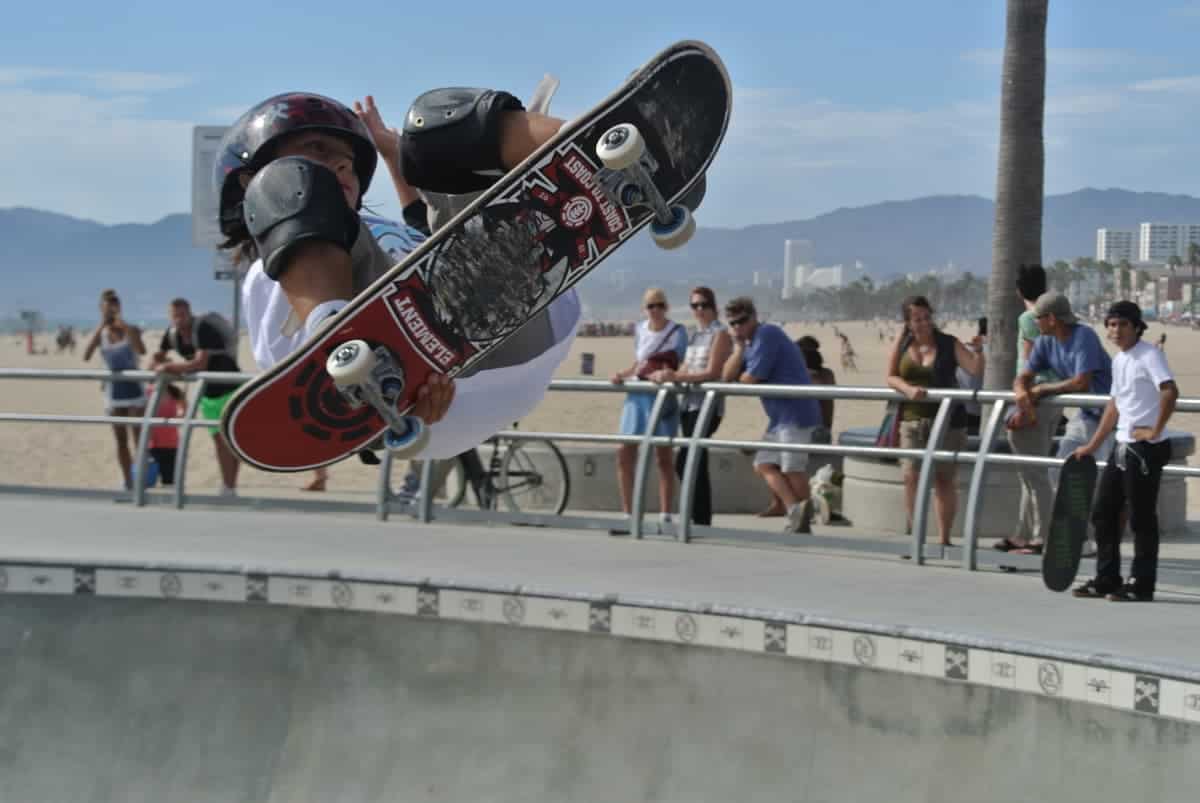
The Bottom Line
So, is skateboarding really that dangerous? Sure there are risks involved, but it doesn’t have to be all that bad. You can easily follow some simple steps to mitigate the risk of injury.
Though skateboarding can be dangerous, it also has many benefits.
Heck, it is a full-on workout that can be loads of fun! The most important thing is that you educate yourself about the risks involved and take the necessary safety measures.
Get used to wearing a helmet, knee pads, elbow pads, and wrist guards. Practice sensible boarding and look cool at the same time!
- Helmets can, and do, reduce the risk of head injury. Wear a helmet!
- Wrist guards will reduce the chance of a broken wrist. Wear one!
- Elbow pads can reduce the risk of a fractured or swollen elbow. Hitting a funny bone isn’t very funny. Wear elbow pads!
- Knee pads will not only reduce the pain when you fall but also can save your knees from gravel rash. Ouch! Wear some knee pads!
- Gloves. A pair of decent gloves could be useful too!
How dangerous skateboarding can be is totally up to you. It doesn’t have to be that dangerous!
By wearing the right protective gear, knowing your limits and practicing in safe areas, you’re doing yourself a huge favor. You get to enjoy your favorite sport, get a workout, and avoid seriously injuring yourself!
It will give a constant rush of adrenaline, the feeling of freedom, while you make new friends and feel a sense of being part of a great community.
Related Reads:
